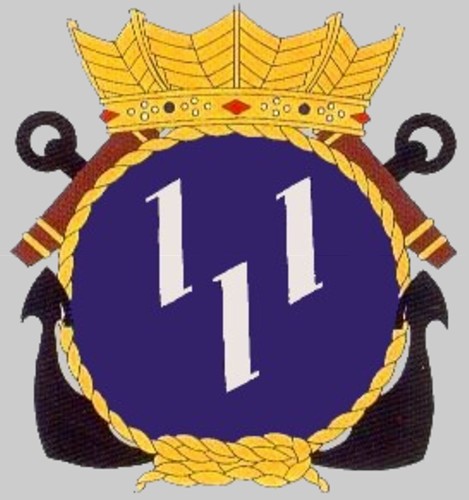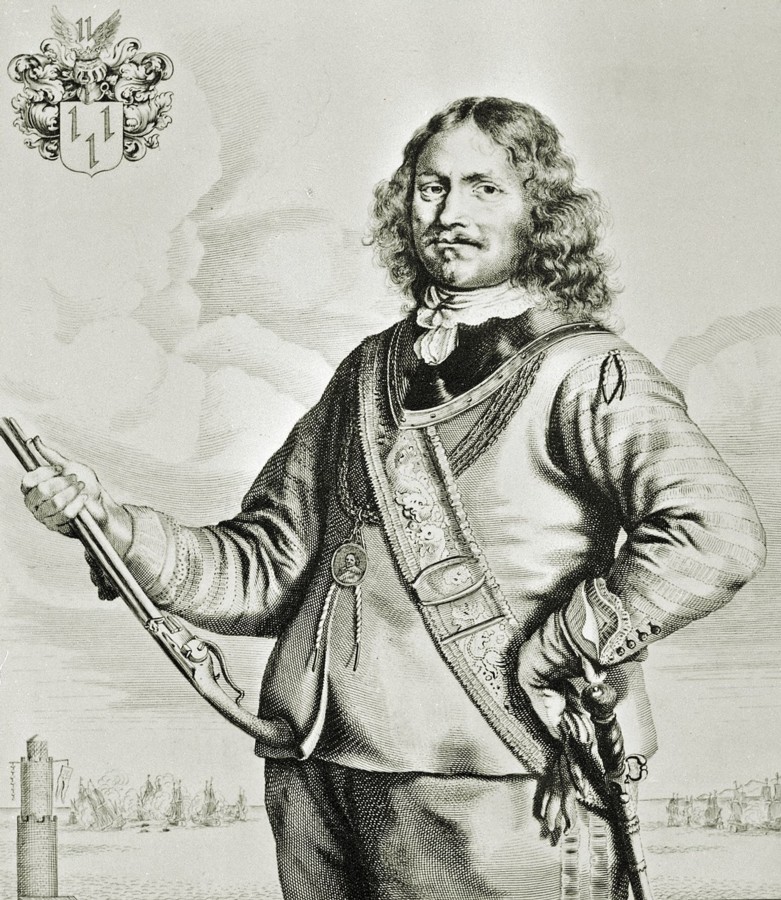 |
||
|
HOME
|
US Navy -
ships
|
US Navy - air
units
|
USMC - air
units
|
International
Navies
|
Weapon Systems
|
Special Reports |
||
|
Royal Netherlands Navy / Koninklijke Marine
-
Frigate F 803 HNLMS Van Galen |
||
|
||
| 01/25 | ||
|
Type,
class: Van Speijk
class Frigate Builder: Koninklijke Maatschappij De Schelde / KMS (Royal Schelde Shipbuilding, Vlissingen, The Netherlands) STATUS: Laid down: July 25, 1963 Launched: June 19, 1965 Commissioned: March 1, 1967 Decommissioned: 1987 Fate: sold to Indonesia 1987 / renamed 353 KRI Yos Sudarso Namesake: Johan Van Galen (1604-1653) Ship's motto: ? Technical Data: see INFO > Van Speijk class Frigate |
||
| images | ||
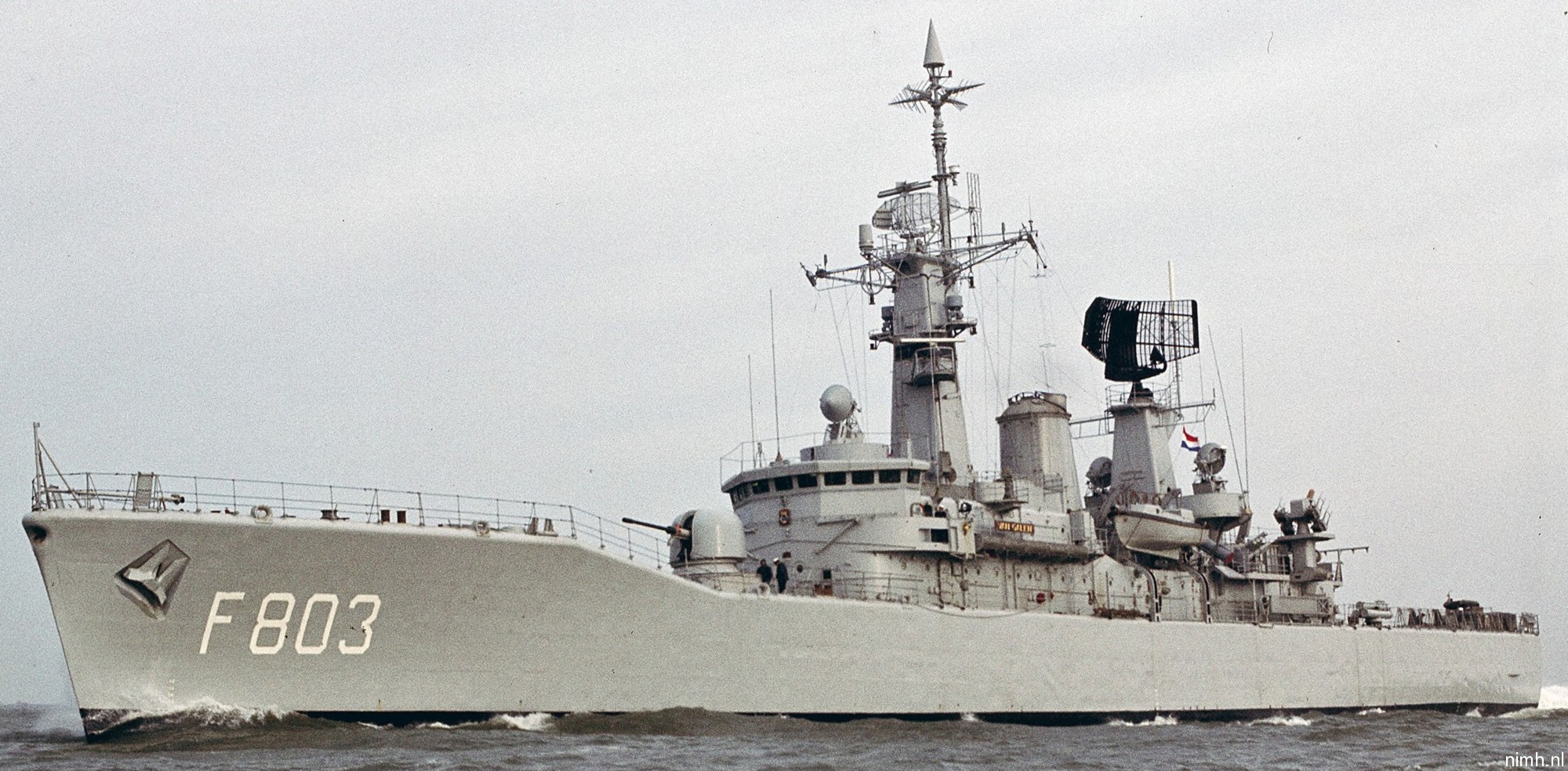 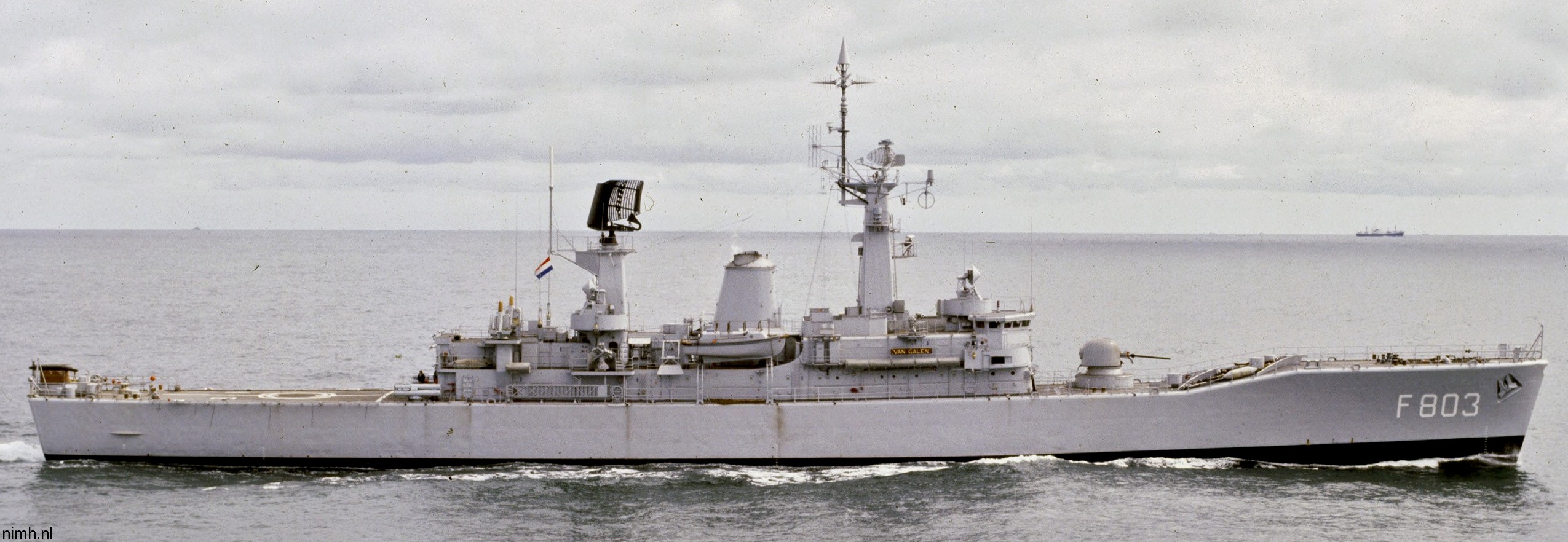 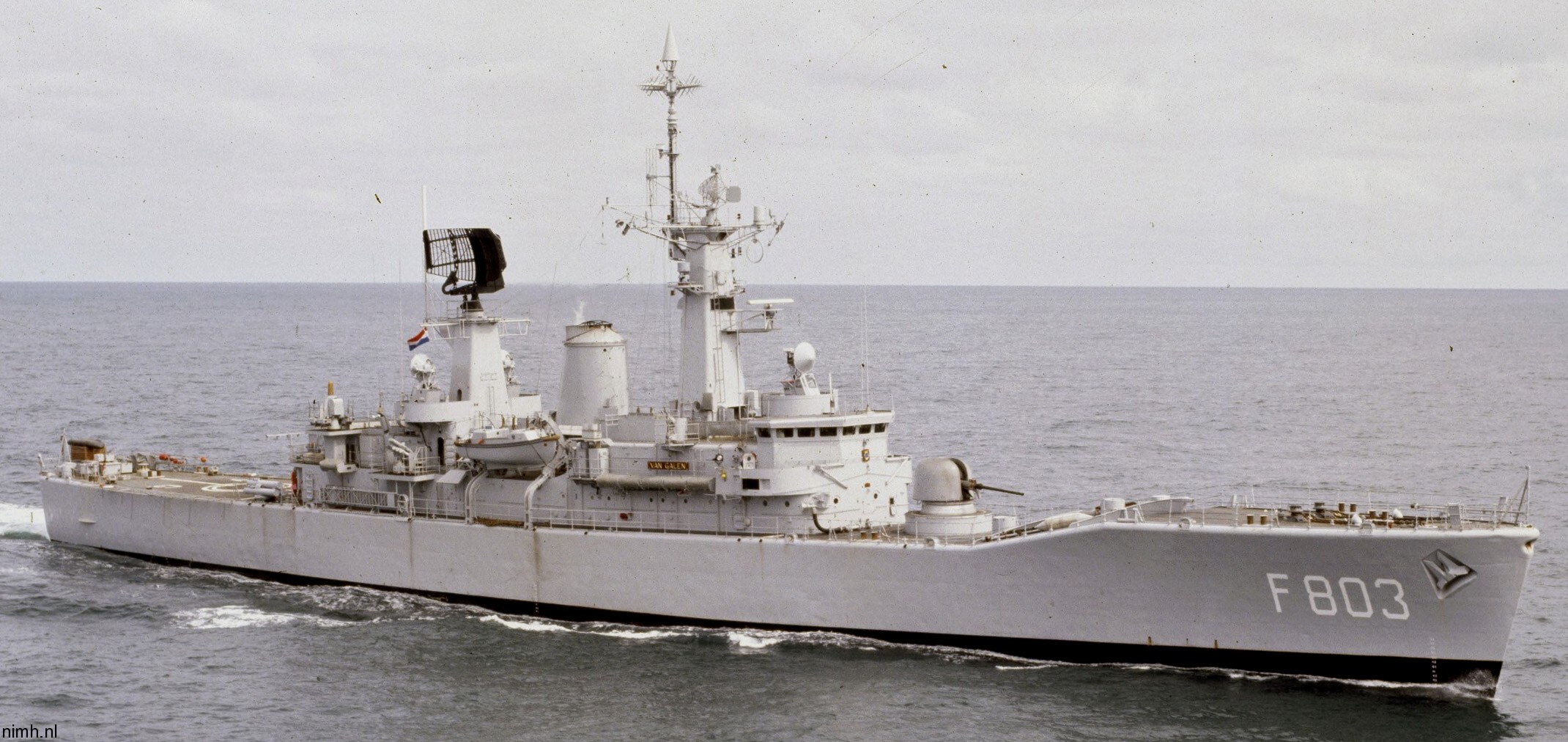 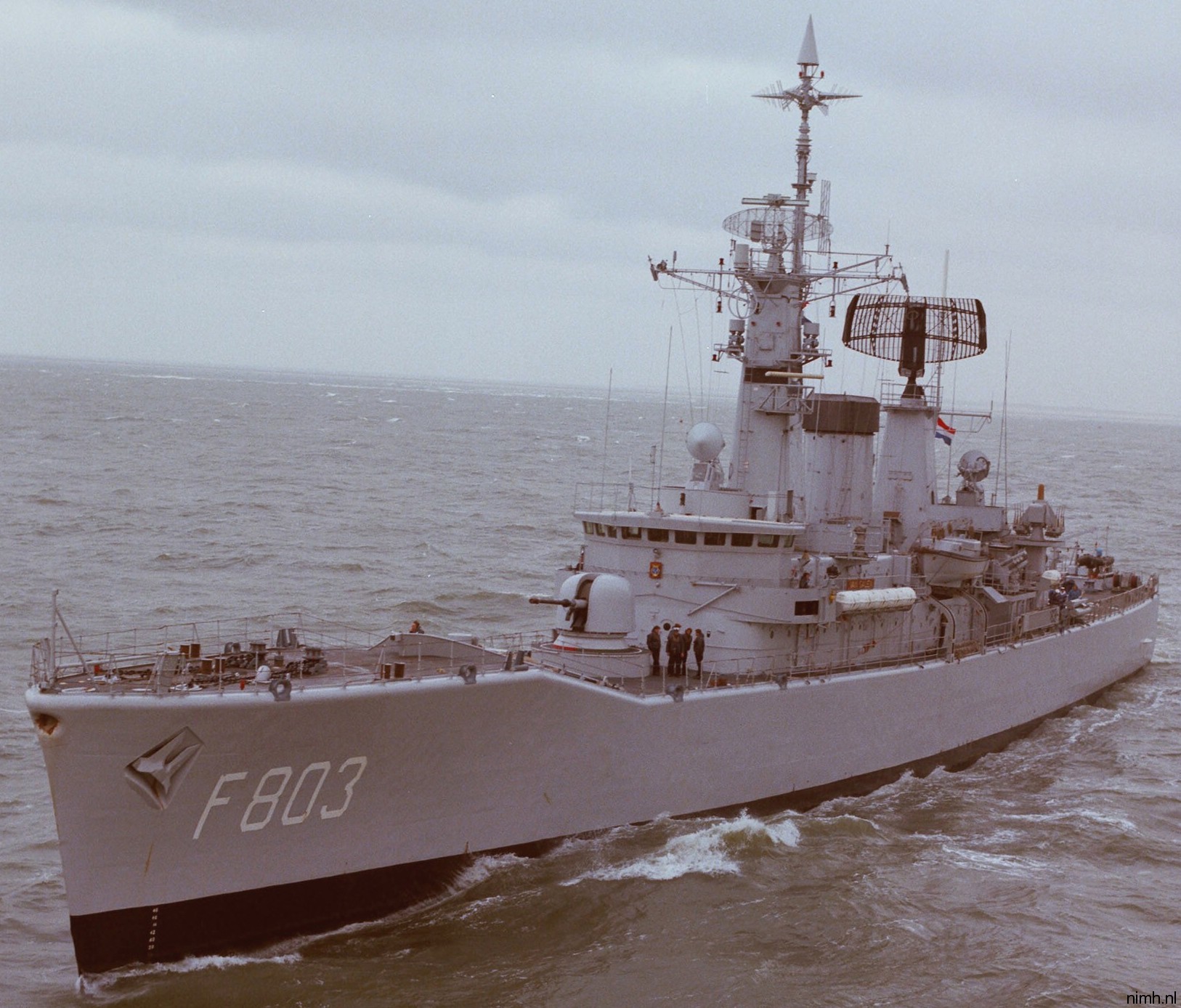 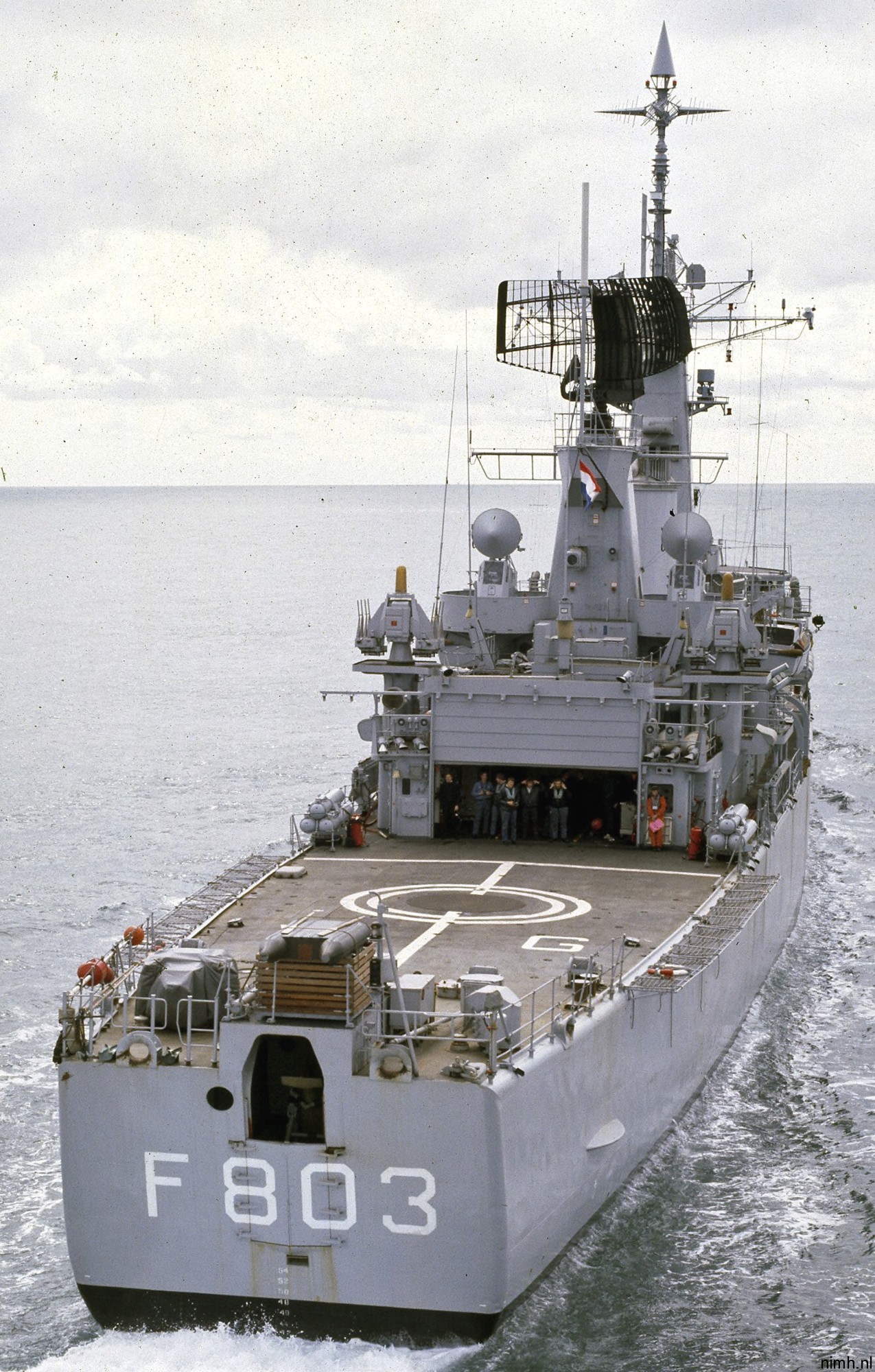 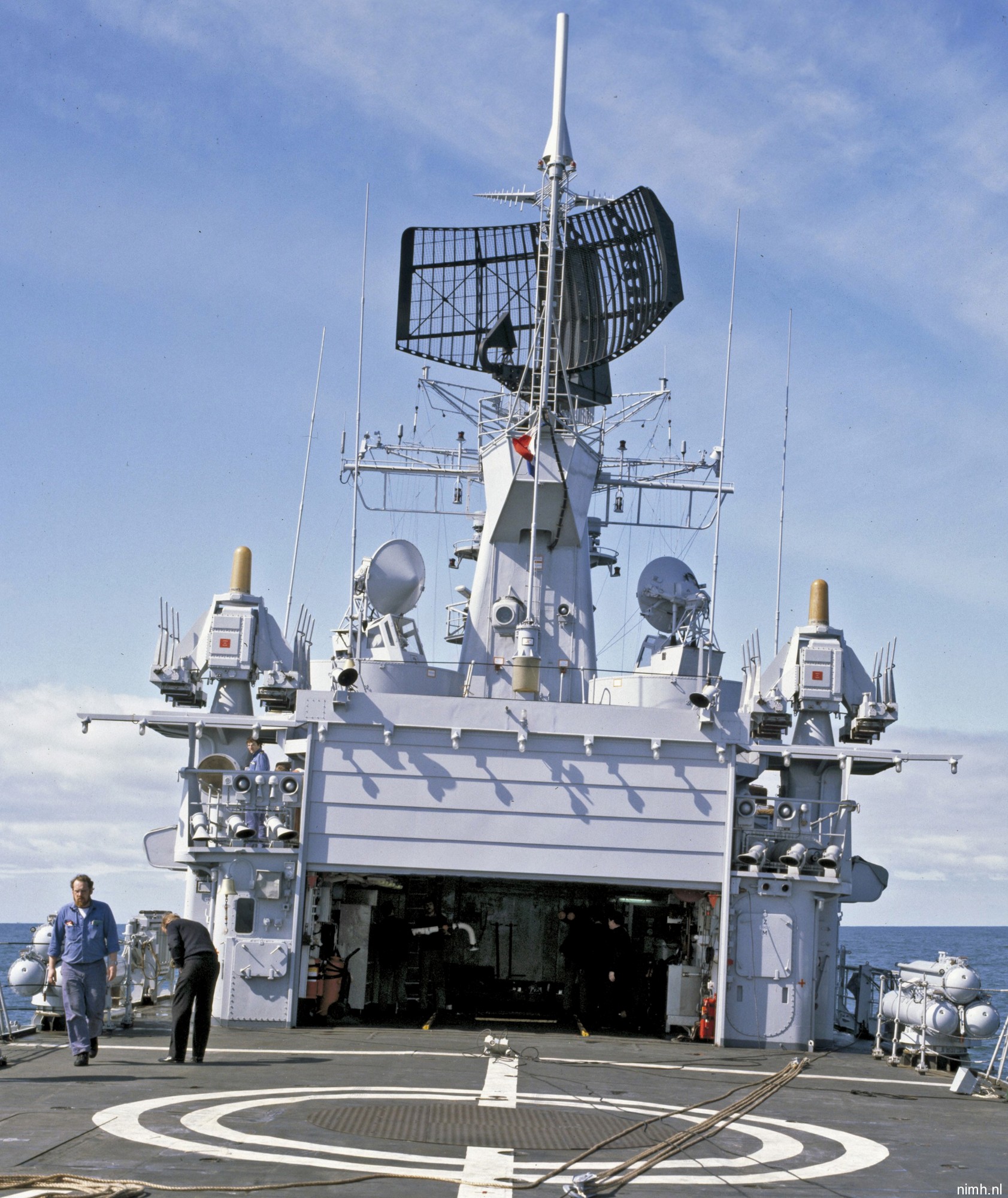  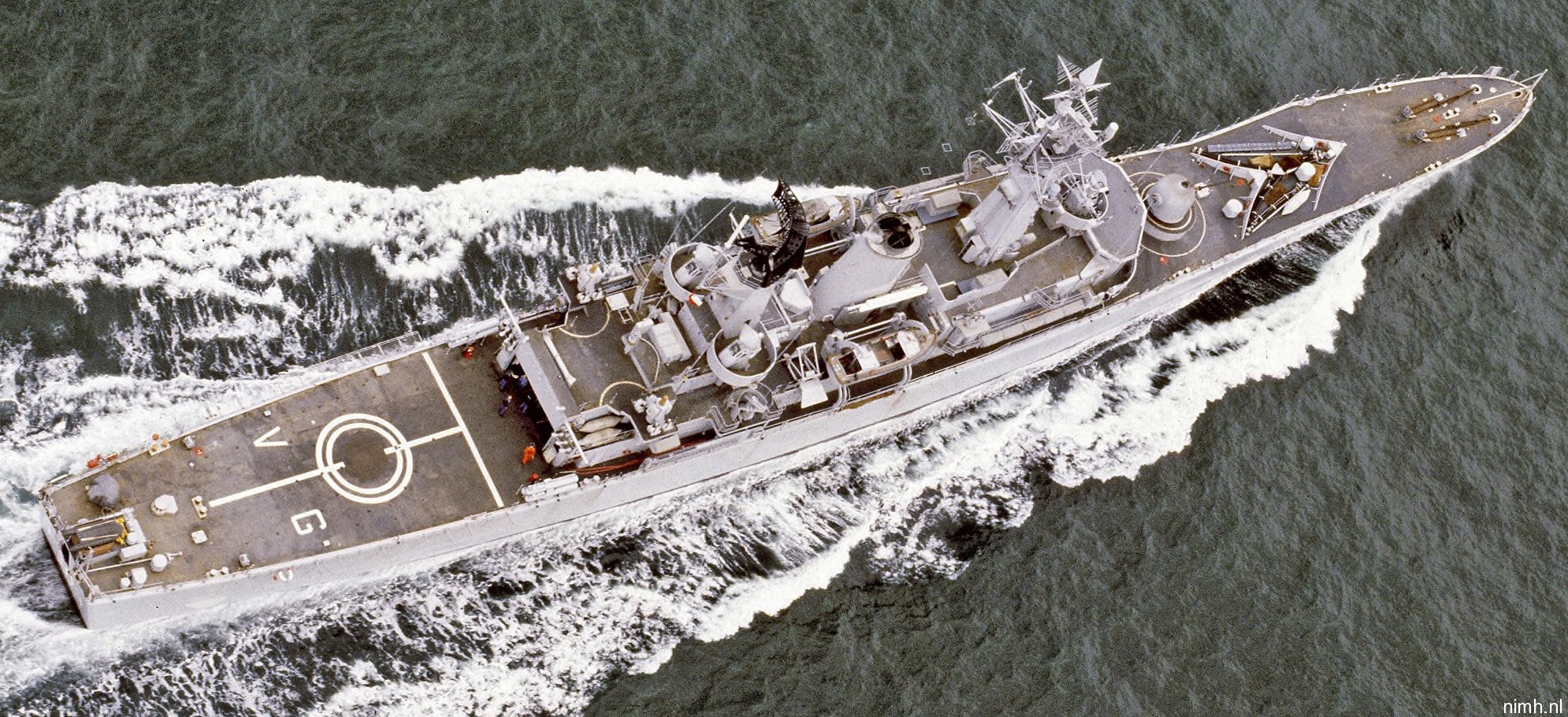  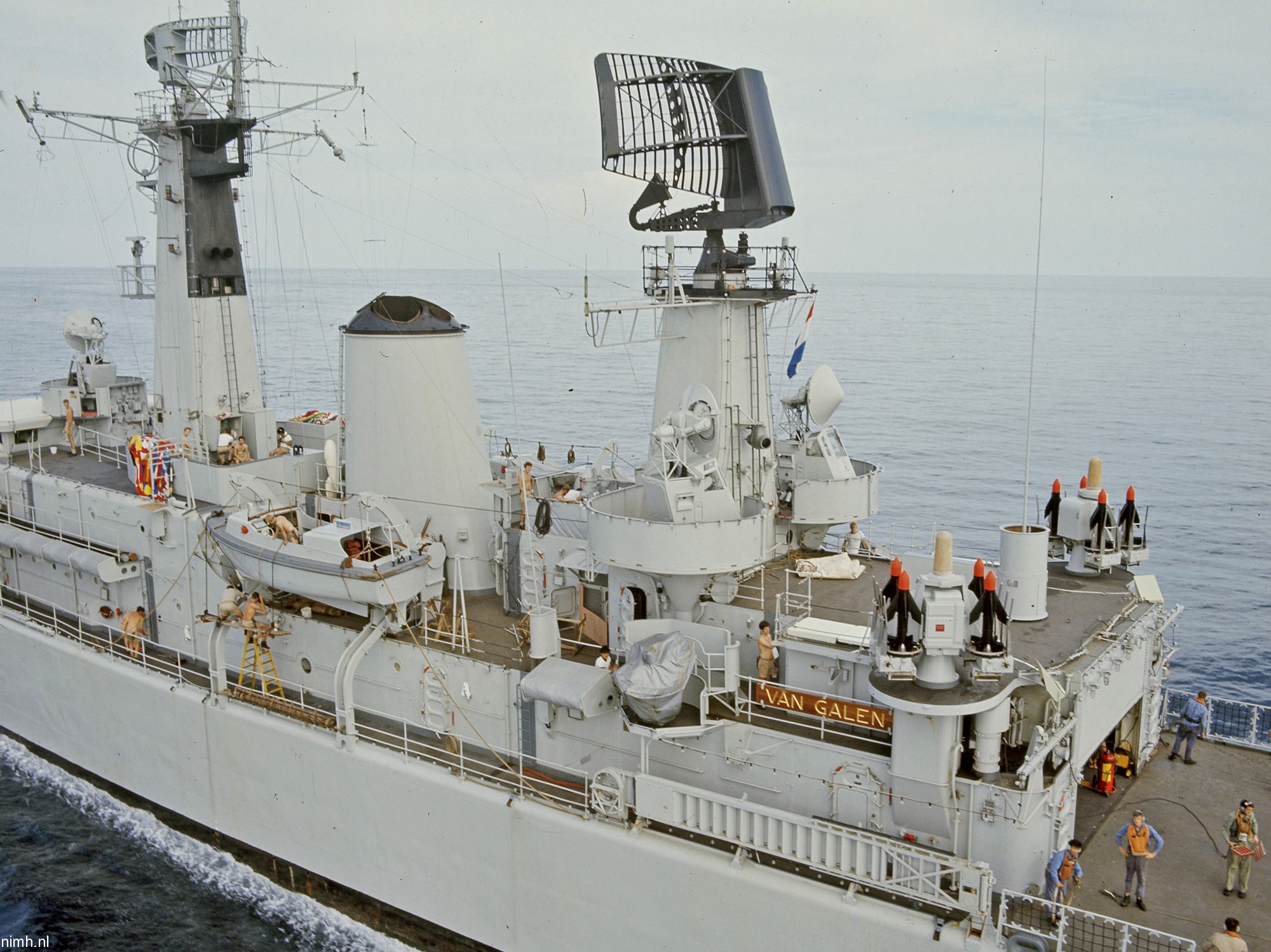 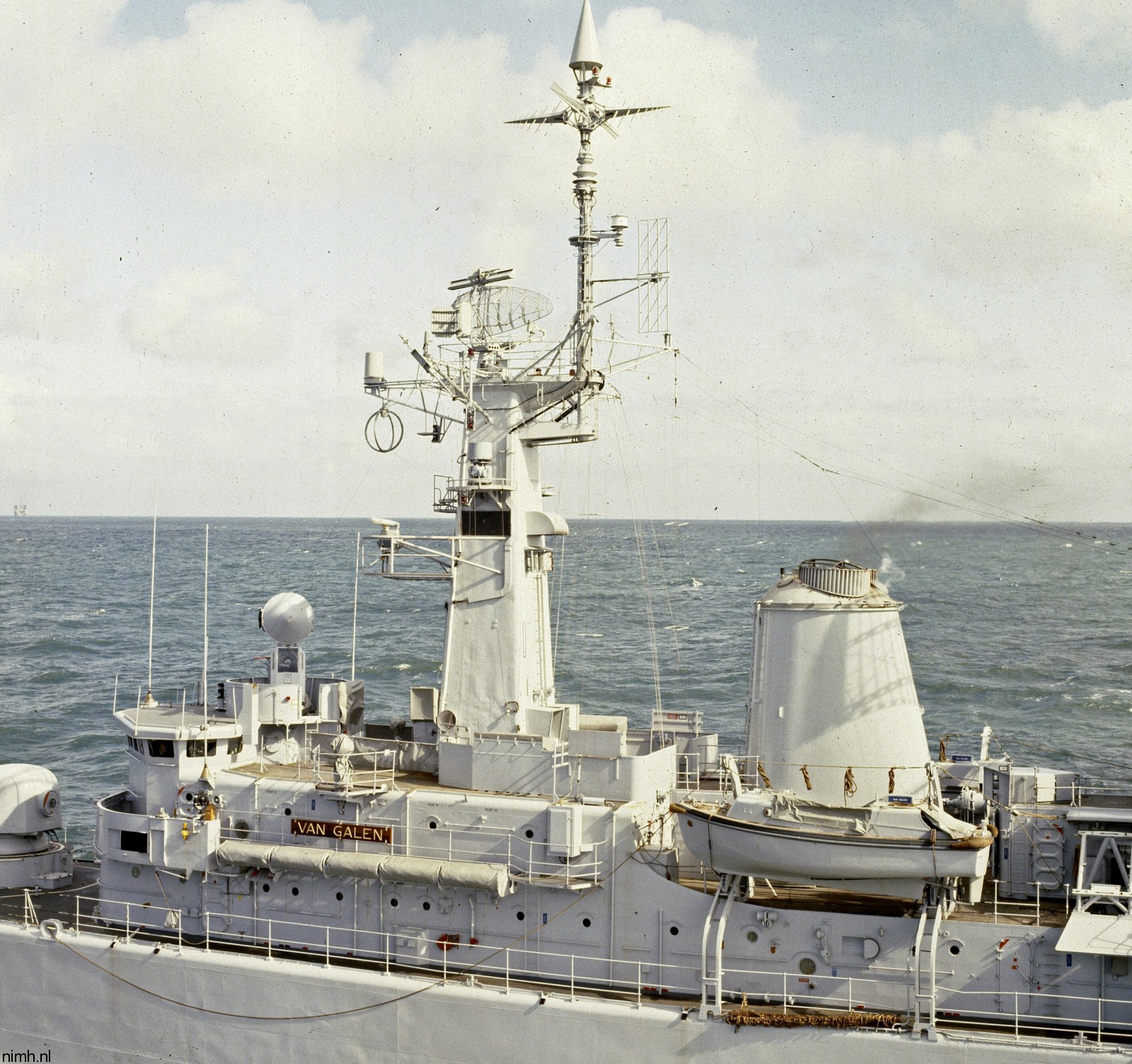 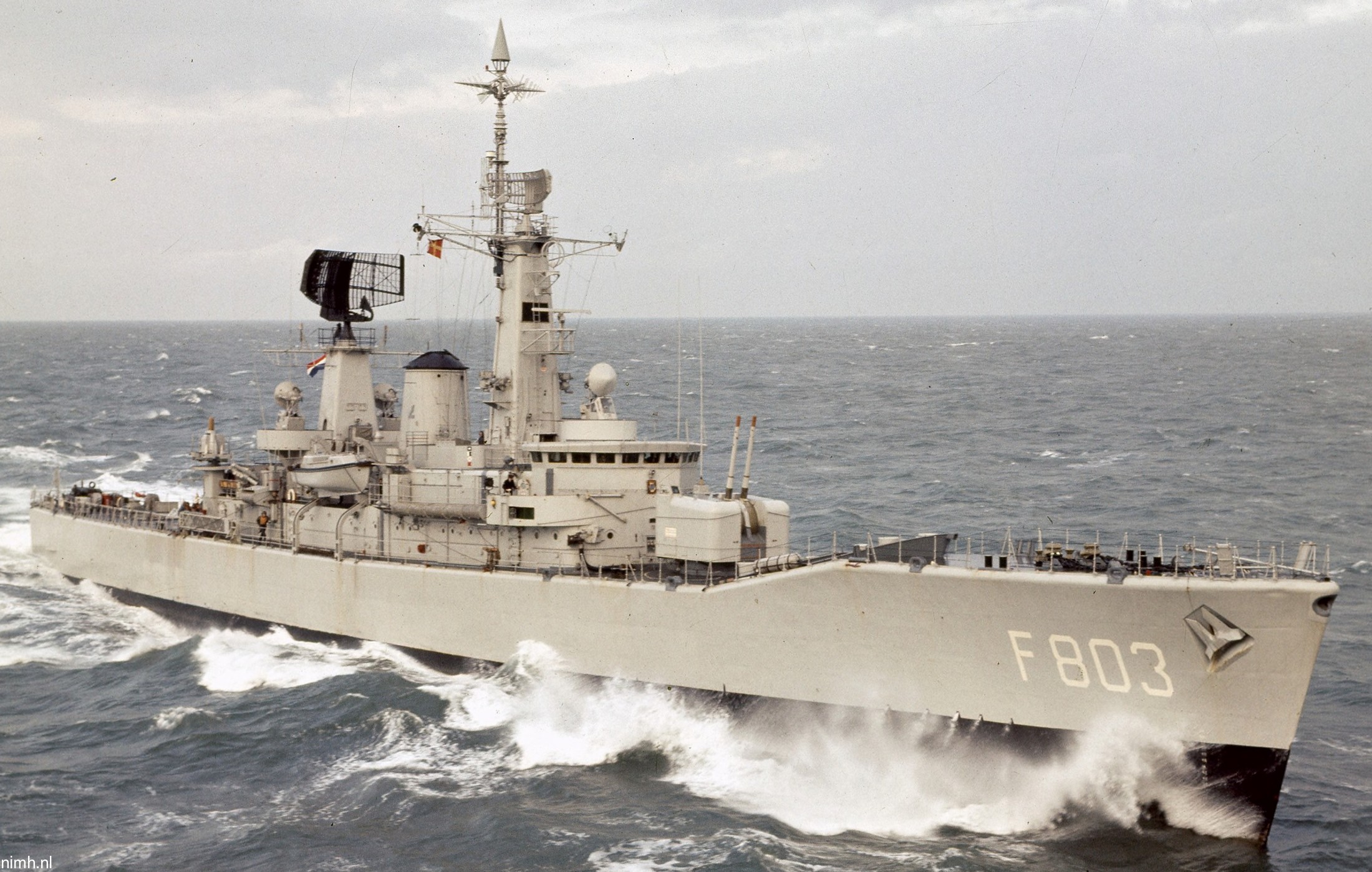 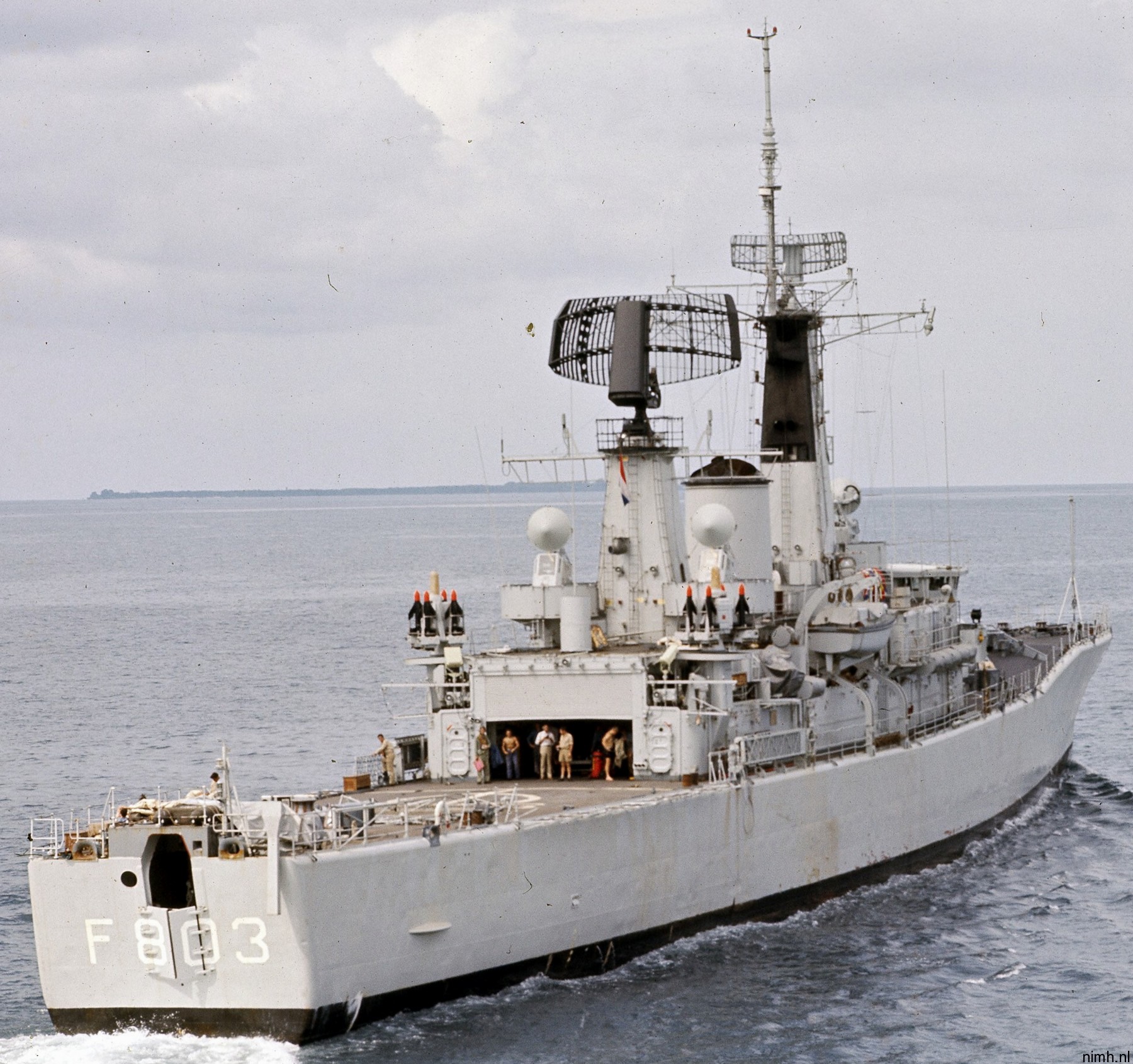 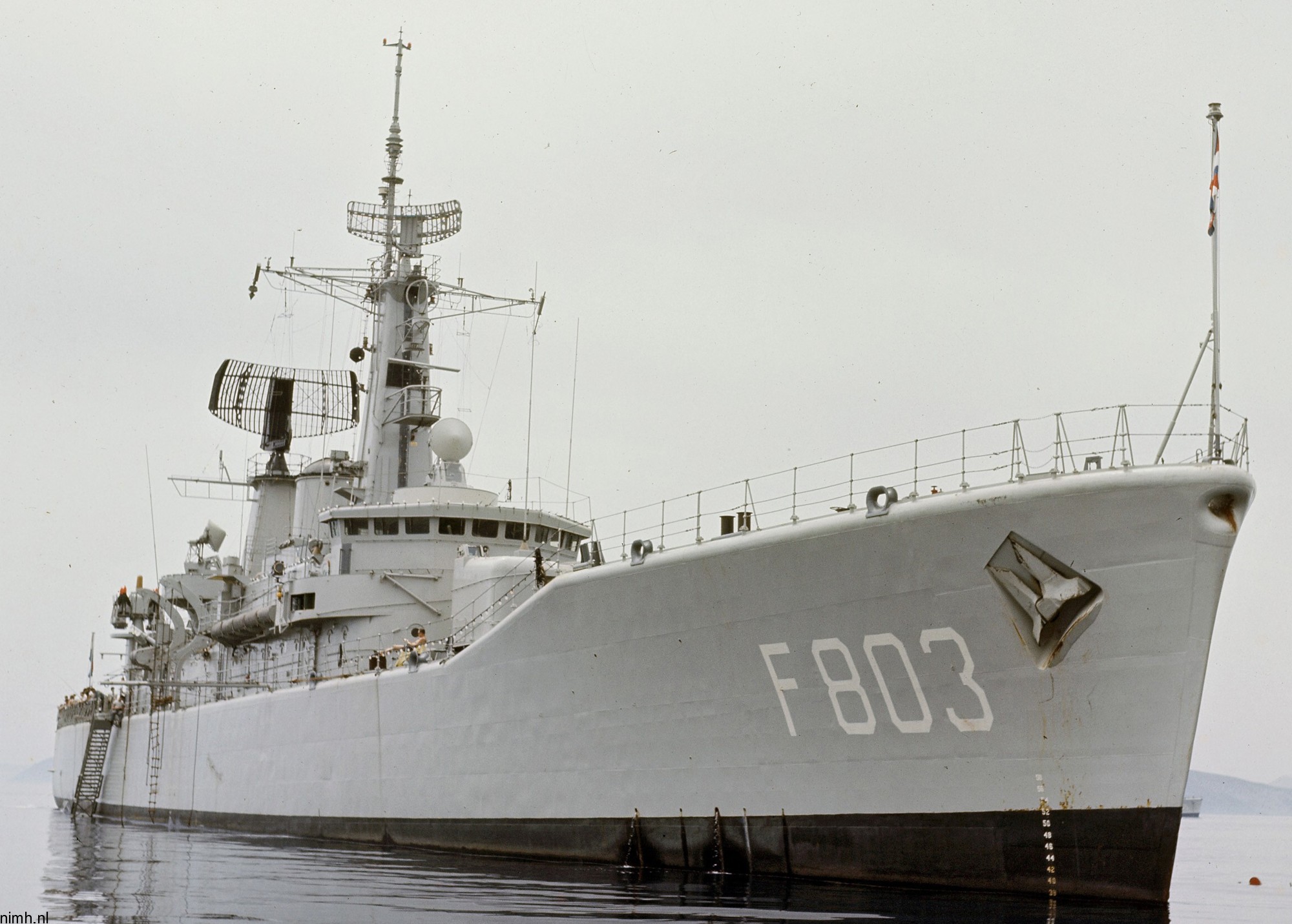 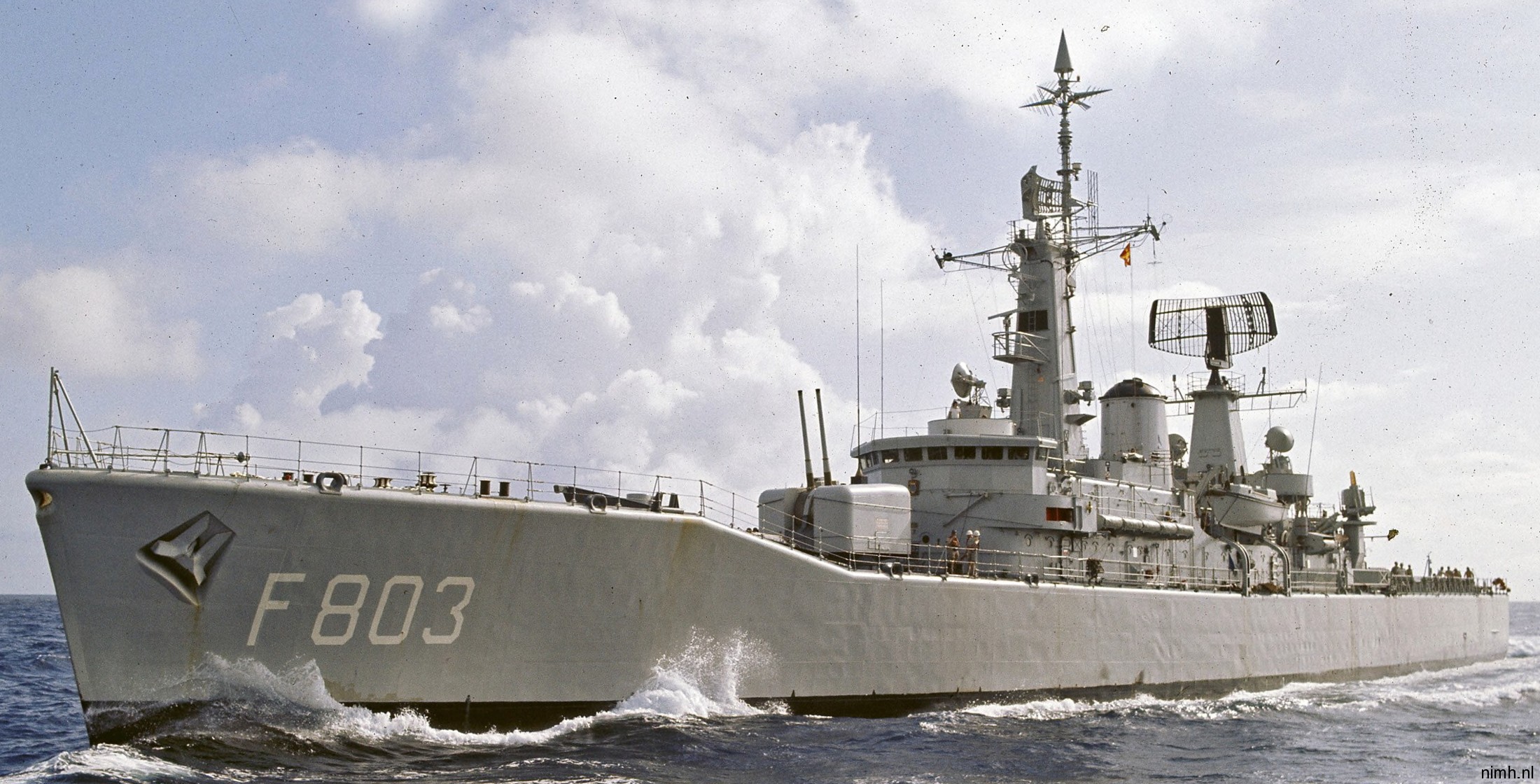 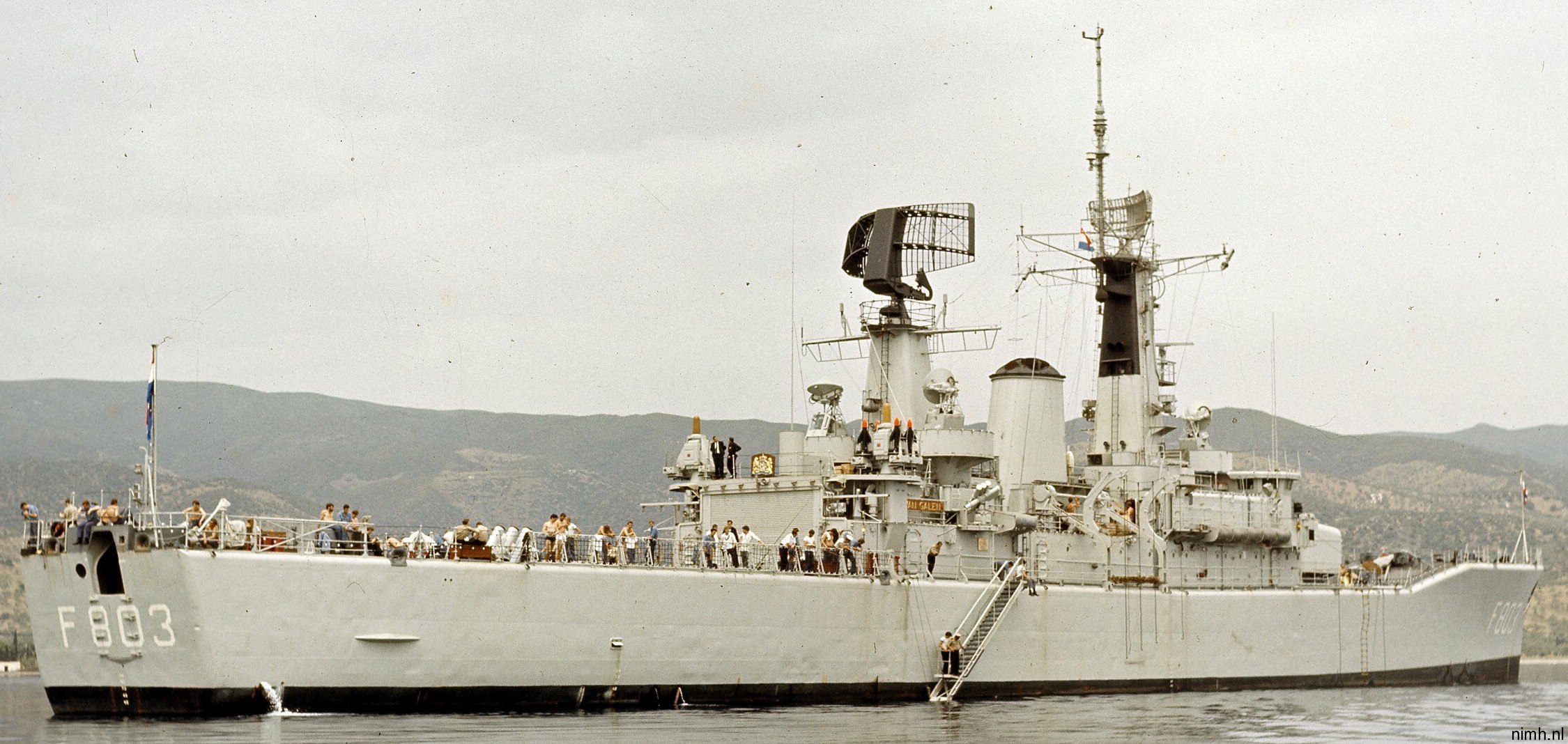 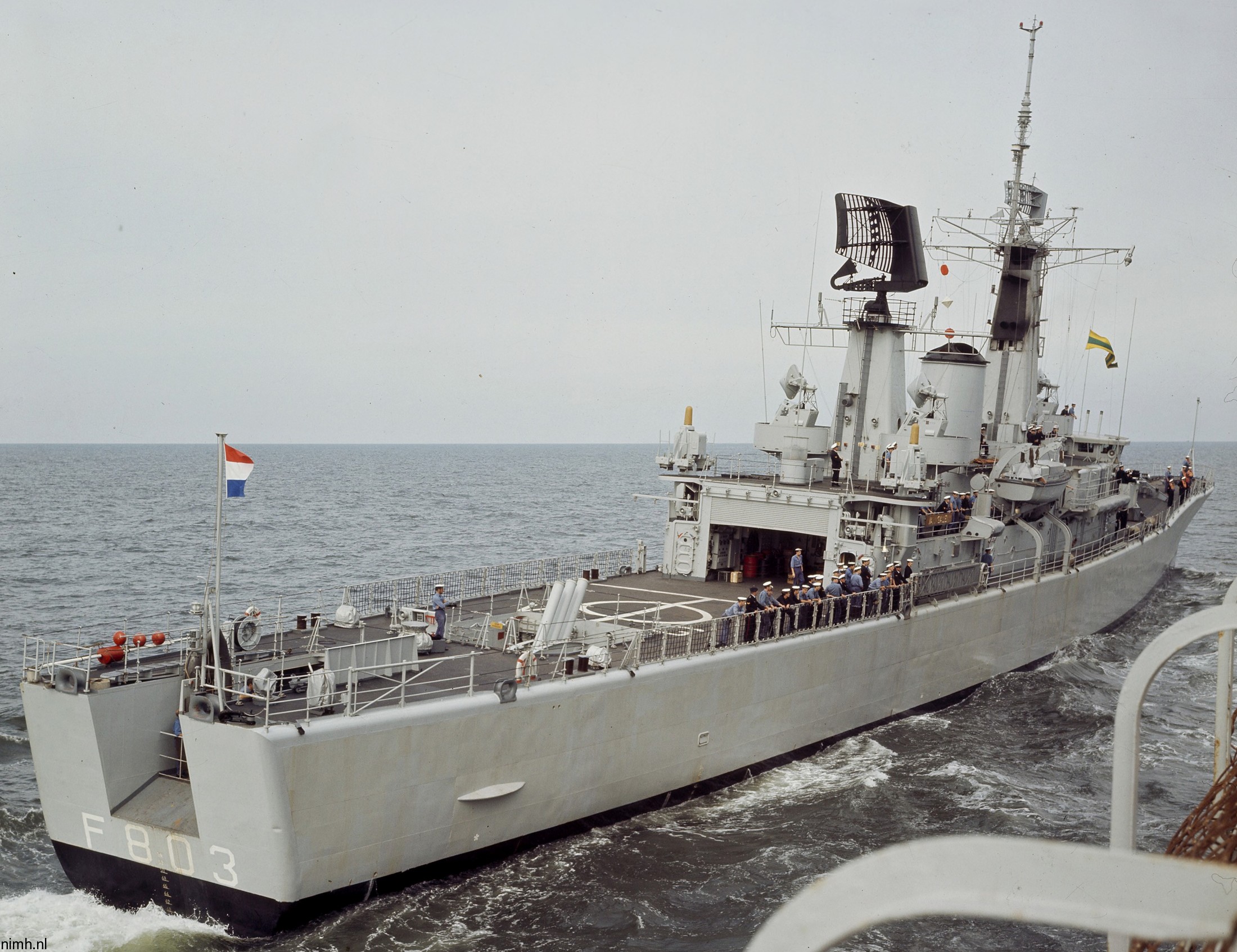 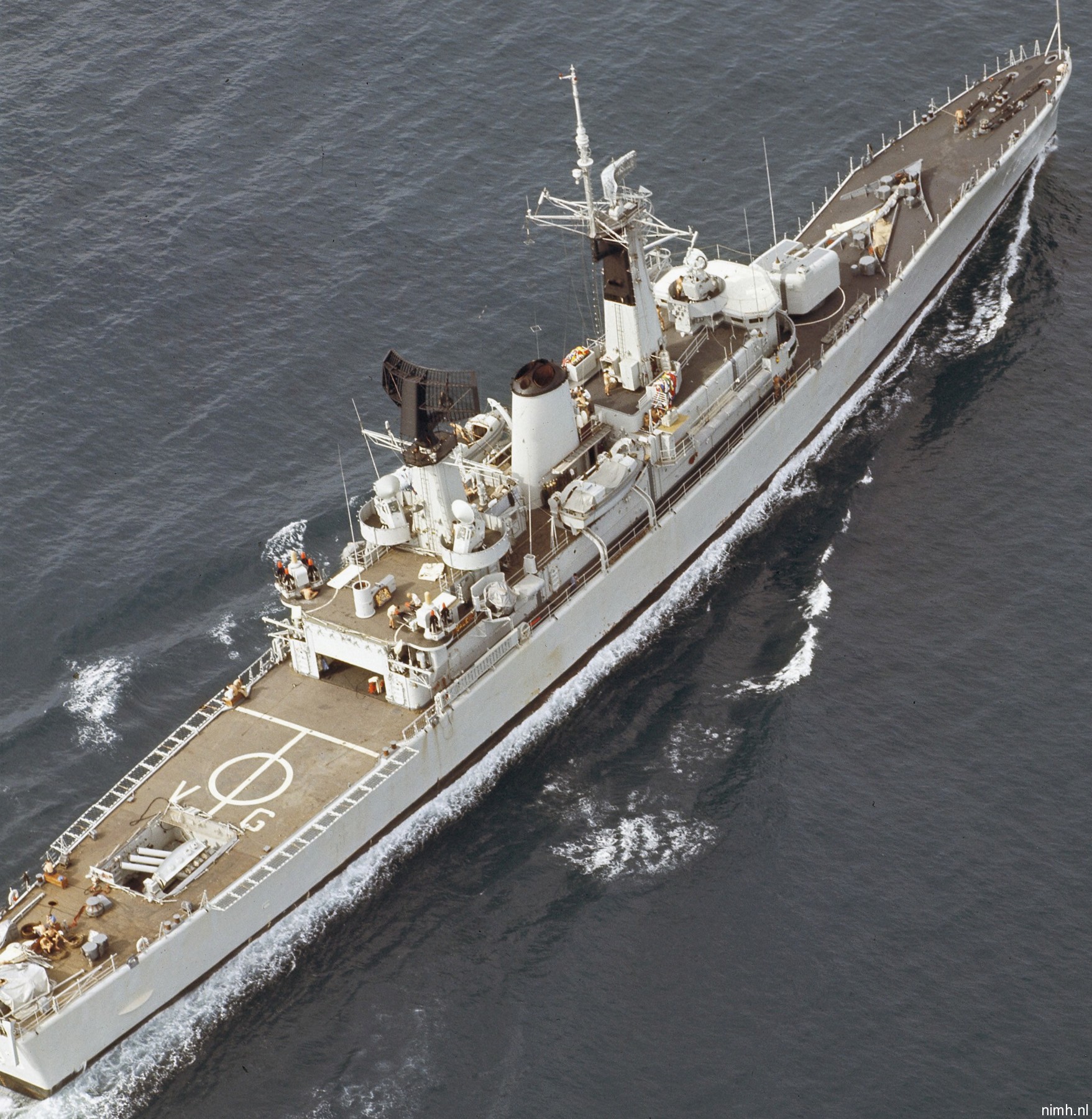  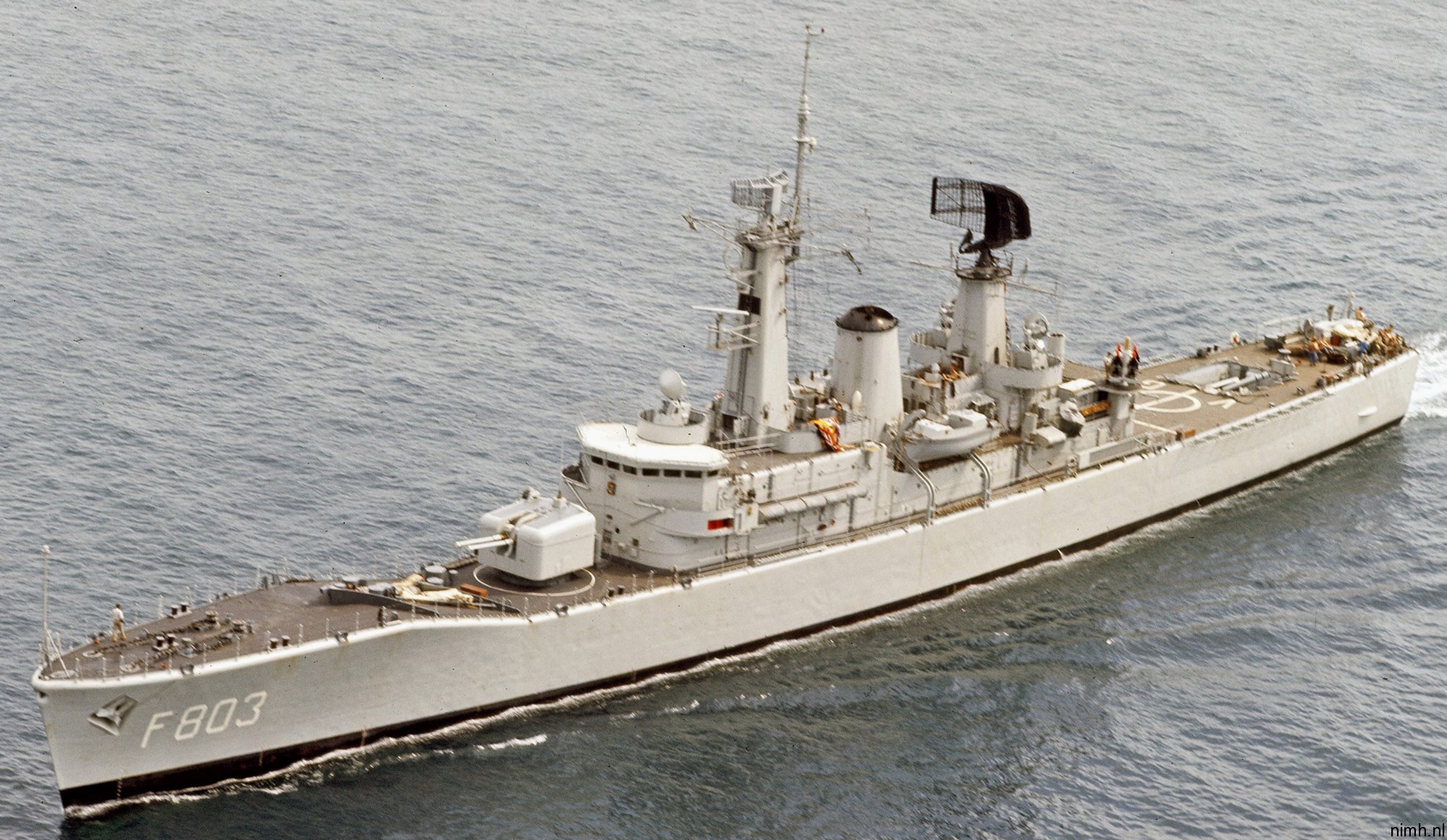 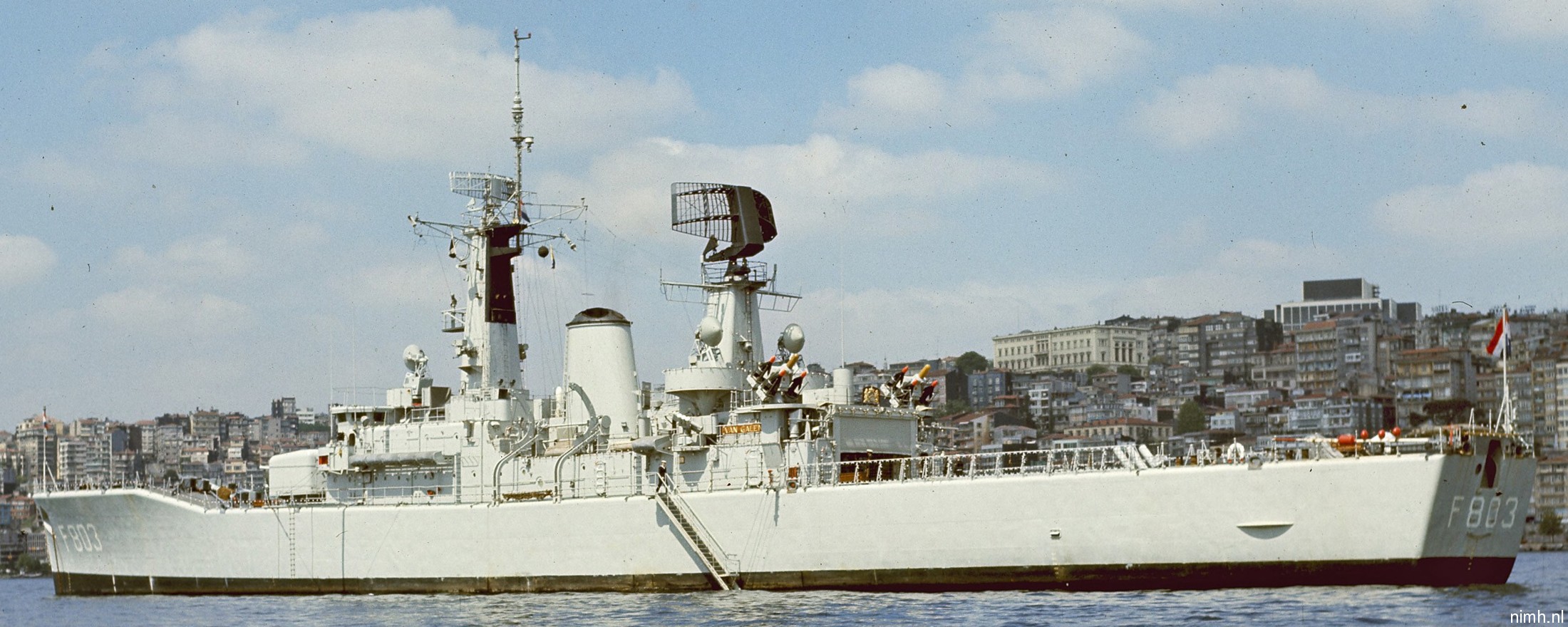 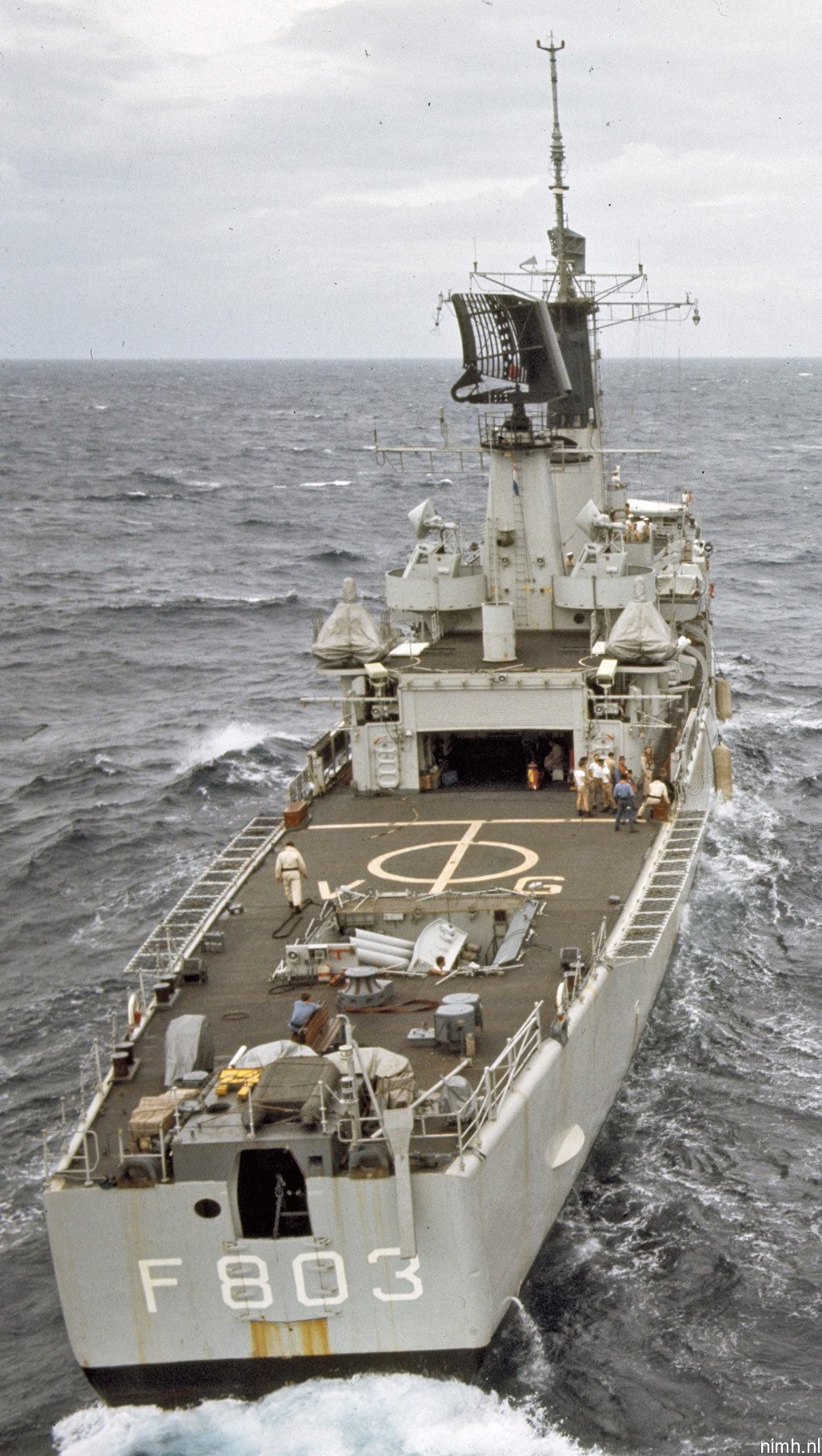 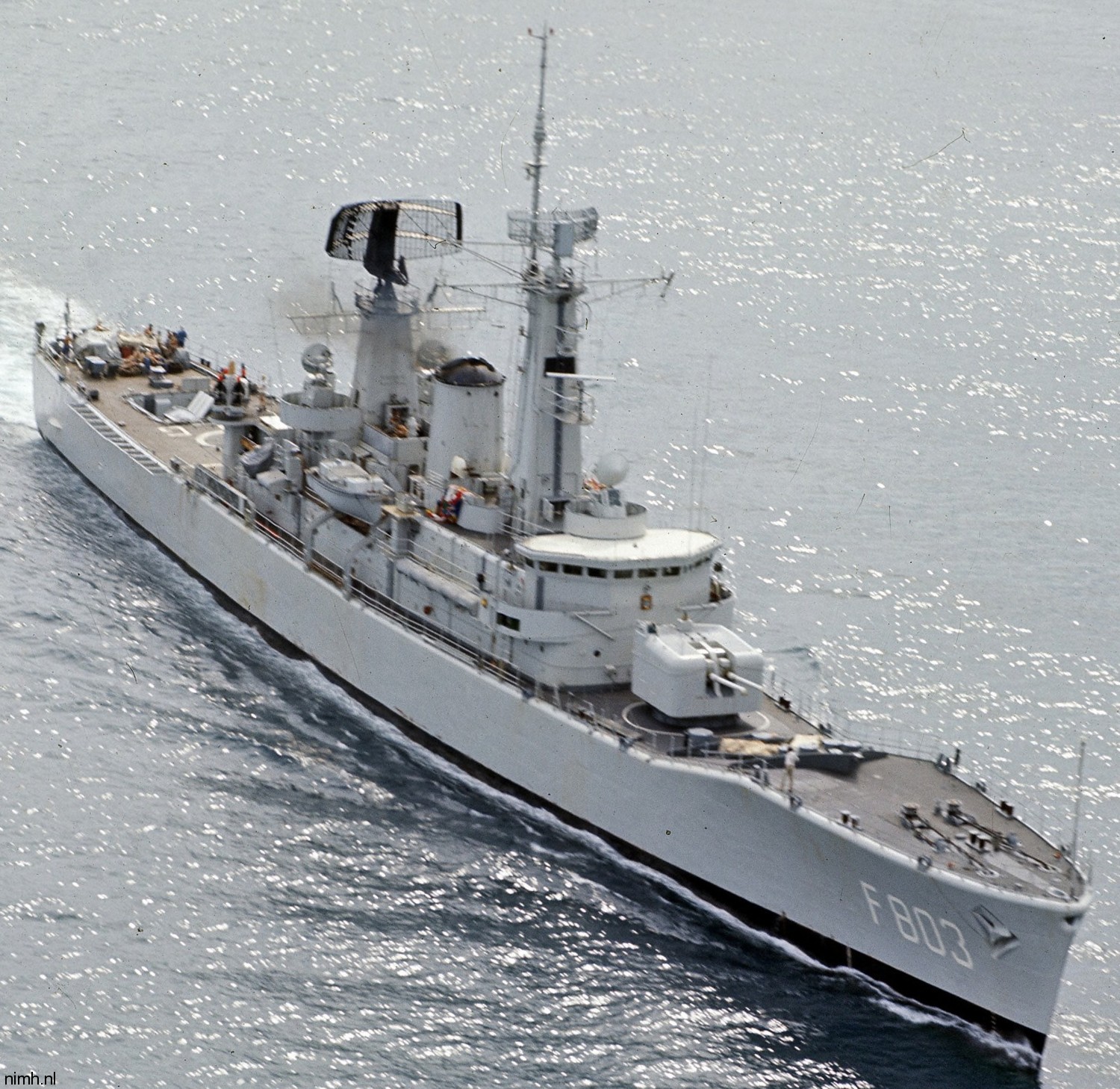 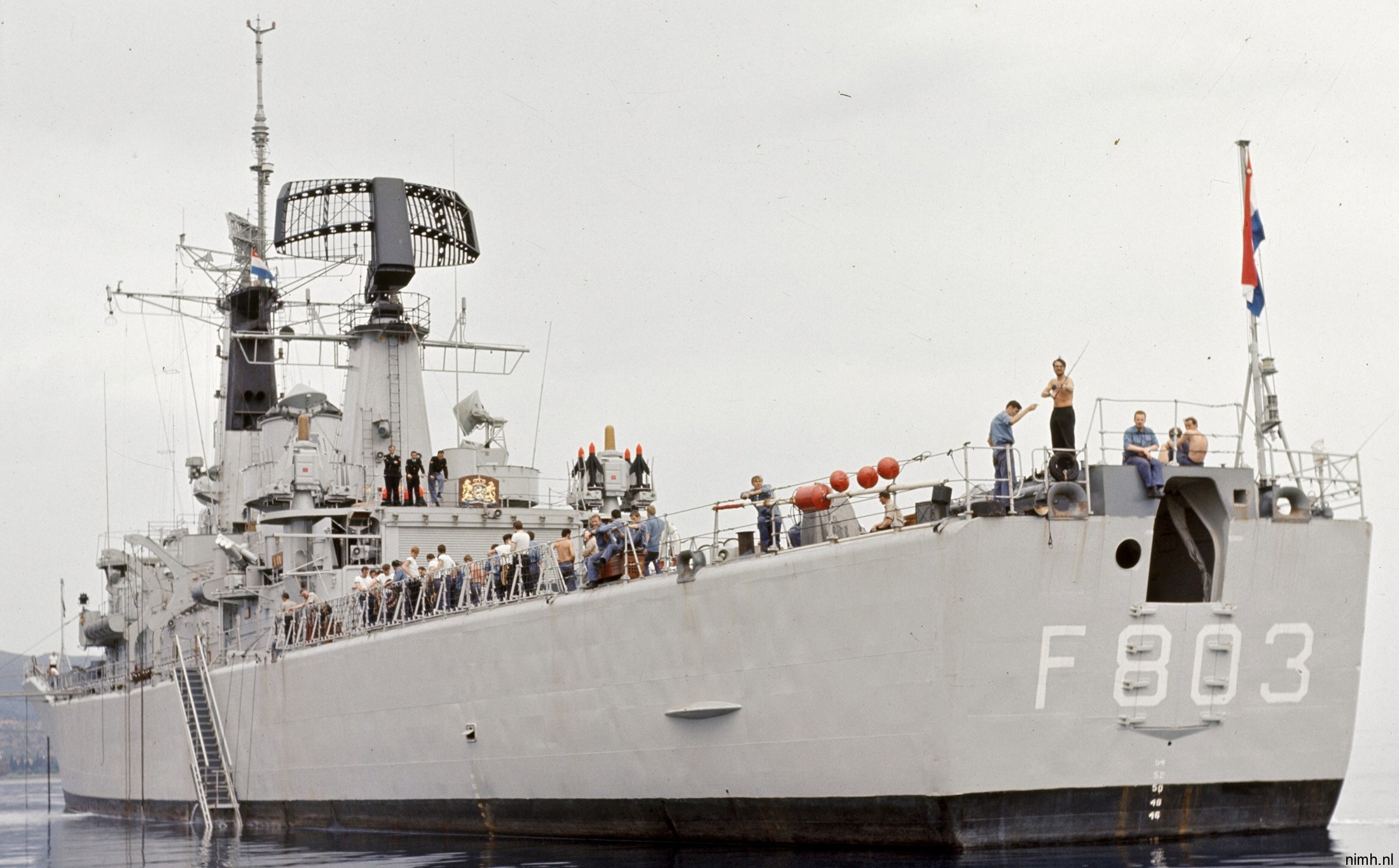 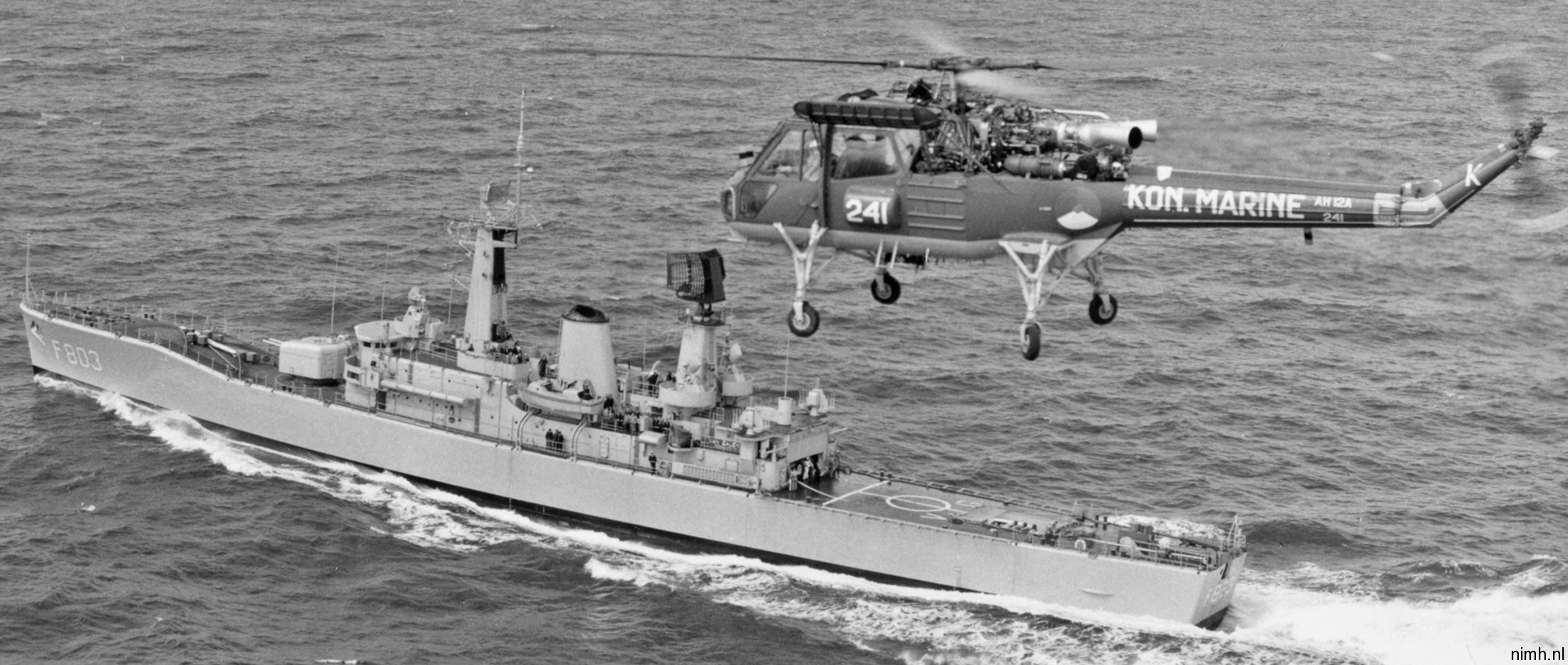 |
||
|
HNLMS Van Galen (F 803): ... service history wanted. The ship received a mid-life modernization in Den Helder from July 1977 to November 1979. |
||
|
|
||
|
Johan Van Galen (1604 - March 23, 1653): Johan van Galen (born: 1604 in Essen, Germany / died: March 23, 1653 at sea off Livorno, Italy) was an Admiral of the Republic of the Seven United Provinces of the Netherlands. He fought in the Eighty Years' War against Spain, becoming a captain in 1630 and a regular captain in 1635, mostly fighting the Dunkirkers. In 1639 he fought in the Battle of the Downs under the command of Joris van Cats. In 1645, as a Rear-Admiral, he was part of Vice-Admiral Witte de With's convoy breaking the blockade of The Sound by Denmark. Both men were very hot-tempered and proud. Emotions ran so high that Van Galen at one point in his anger lowered his command flag and trampled it with his feet. De With put him in chains and delivered him to the capital of the adversary, Copenhagen. The embarrassed Danish court released Van Galen after an intervention by the French envoy. A peculiarity of Van Galen is that he never served in the navy proper, an institution he disliked, but was employed by the Amsterdam Direction Chamber, a private organisation supporting the official navy. After the Republic had made peace with Spain in 1648, Van Galen was sent out three times to fight with Spanish assistance the corsairs of the Barbary Coast. In 1649 he was badly wounded when a gang of Spanish criminals intercepted him when he was returning in a sloop with prize money. Van Galen retired late in 1650, but when the First Anglo-Dutch War between the Republic and the Commonwealth of England broke out, he was asked by the States-General, on 13 July 1652, to assume command of a Dutch fleet in the Mediterranean, as a commodore and replacing commandeur Joris van Cats. He departed on 3 August, reaching Livorno on 1 September. He was mortally wounded during the Battle of Leghorn, where his fleet destroyed part of the English Mediterranean Fleet. A cannonball smashed his right lower leg; it was amputated below deck and Van Galen afterwards continued to direct the battle. He died from wound fever ten days later in Livorno. Cornelis Tromp was then a young captain under his command. Van Galen was given a state burial in the Nieuwe Kerk in Amsterdam and a marble grave memorial was erected in 1656 on which this poem is inscribed: Hier leit in t'Graf van Eer den dapperen Van Galen, Die eerst ging buit op buit Kastiliën afhalen, En, met een Leeuwenhert, nabij 't Toskaensche strant, De Britten heeft verjaegt, verovert en verbrandt. Translation: In this honourable grave, brave Van Galen is lain Who first so many prizes won from the King of Spain Then with a Lion's Heart, near to the Toscan beach The British ships there chased, captured or burnt them each.
|
||
| patches + more | ||
|
|
seaforces.org
|
Royal Netherlands
Navy start page
| |
